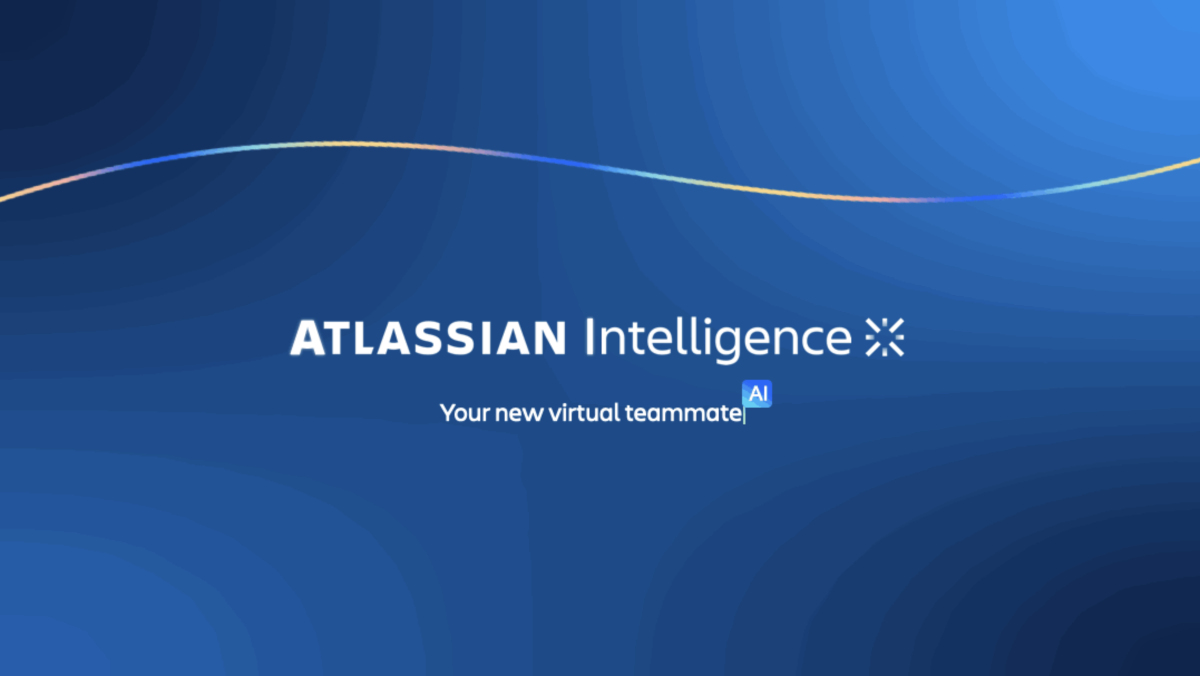Introducing Rovo, its new AI helper, today at Atlassian’s Team ’24 conference in Las Vegas. By integrating its AI-powered search tool and other features into Atlassian’s products, Rovo can quickly access data from both first- and third-party applications. The new Rovo Agents, which can be used to automate workflows in applications like Jira and Confluence, could be the most intriguing feature, though. These agents have a cool feature: anyone may create them with a natural language interface. Programming is not necessary.
Rovo is what we like to think of as an extensive knowledge model for businesses. Every knowledge worker may use it as a knowledge discovery tool, according to Sherif Mansour, head of product at Atlassian Intelligence, in an interview with TechCrunch. A knowledge worker must essentially go through the following procedure when looking at what they must do: I need to find a piece of work. I have to study and comprehend it. After that, I do something. Most people who have desk jobs experience that cycle. What excites me about Rovo, in my opinion, is that we’re finally at the beginning of generative AI landing, which helps us expedite what we can accomplish for teams in that field.
The “cloud teamwork graph” created by Atlassian, which also serves as the basis for Atlassian Intelligence—the company’s year-long endeavor to integrate AI into its products—is the basis for Rovo. Data from several third-party SaaS tools as well as Atlassian’s own products are combined in that graph. And in a way, the rise of SaaS products is what makes apps like Rovo necessary because each service has a tendency to have its own data silo, which makes it more difficult for staff members to get the information they require.
According to Mansour, the core principles of Rovo are assisting teams in discovering and connecting with their work, assisting those teams in learning, and assisting those teams in taking action.
Since Atlassian is already compiling all of this data, enterprise search is essentially the low-hanging fruit in this situation. However, it’s also a tool that ought to help users right away and prevent them from repeatedly switching contexts in search of information. A few of the third-party applications that are integrated right out of the box are GitHub, Slack, Figma, Microsoft Teams, Google Drive, and Microsoft SharePoint.
Companies can create their own connectors as well; they frequently have a large number of unique tools. For instance, Atlassian developed a connection to import its own developer documentation. Developers reported saving an hour or two a week just by having that documentation available in Rovo, according to Mansour. This is a greater time savings than what they reported from utilizing an AI code creation tool.
Mansour emphasized that the primary technological obstacle, apart from developing the AI framework supporting Rovo, is constructing all of these connectors and making sure they adhere to the access controls established by an organization’s security and IT departments. “The results of your search differ from those of my search. We ensure that it is customized for you, honors your permissions, and only displays the information that you are able to access.
If Rovo didn’t also function as a chat service, it wouldn’t be 2024. Given that it also has access to all of this data, feeding a sizable language model with it using retrieval-augmented generation (RAG) and having the model generate personalized responses is a quite simple task.
Large language models are still prone to hallucinations even with RAG applied (although RAG significantly lowers the likelihood of the model deviating from the script). Rovo always credits its sources to provide users confidence in the accuracy of the results, and most of the time (with slideshows and Figma designs, for example), an interactive preview is included.
The capacity of Rovo to recognize and interpret business jargon is an intriguing feature that Atlassian included in the software. For example, while you read a Google Doc, there is a Chrome addon that can automatically highlight and define terms unique to your firm. The semantic search engine at Rovo powers this function.
Online Partners
Finding information is one thing. It is a different matter to act upon it. In this situation, Rovo Agents are useful. This might be considered a continuation of the company’s work with Atlassian Intelligence. In fact, Rovo Agents are referred to by the corporation as “virtual teammates” as well.
“In today’s announcement, Mansour states that Rovo Agents will revolutionize teamwork by combining their capacity to analyze vast amounts of enterprise data, deconstruct complicated tasks, learn from their actions, and collaborate with human teammates to arrive at crucial and intricate decisions.” “Agents are more than just sophisticated chatbots. They contribute specific expertise to a range of workflows and procedures.
They can therefore create, evaluate, and change text for use in marketing, product specifications, or Jira issues. Additionally, users can create agents that suggest recommended practices or respond to particular queries. More significantly, though, is that they can assist users in organizing Confluence pages, cleaning up their Jira backlogs, and automating actions based on when a Jira problem advances—all while keeping people informed.
Mansour stated, “We firmly believe that virtual teammates—agents—collaborating with teammates will be the foundation of teamwork in the future.” “You will interact with them in your daily workflows, and there will be a lot of them.”


